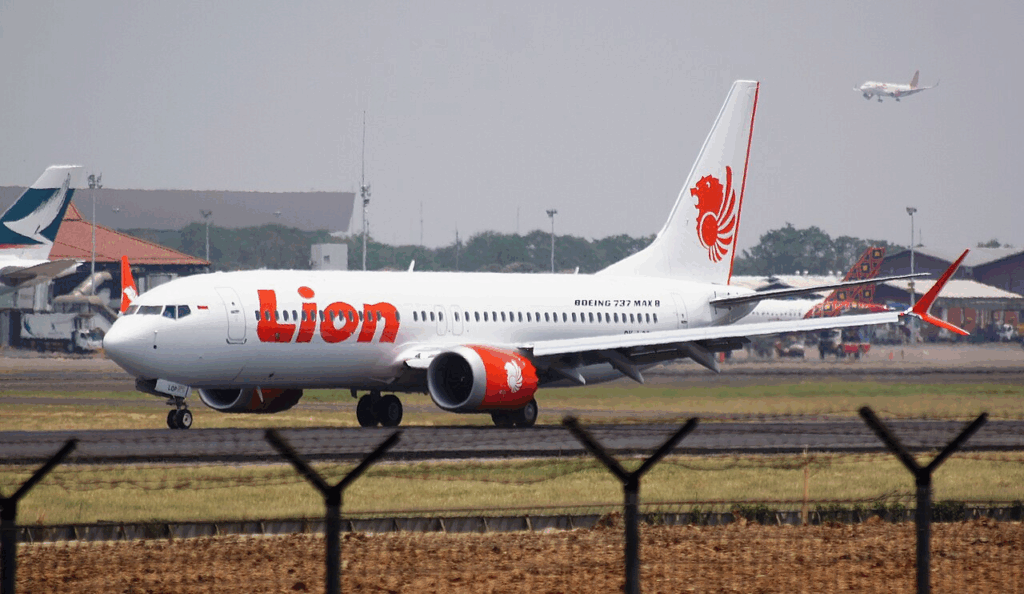Boeing’s 737 MAX crisis isn’t just a tale of technical mishap – it’s a cautionary epic of what happens when commercial pressures and speed to market overtake engineering caution. Once the undisputed darling of commercial aviation, Boeing’s credibility took a nosedive as the 737 MAX saga unfolded, laying bare the perils of chasing market share under intense pressure.
It all started in 2011, when Boeing faced an existential threat: Airbus had just launched the A320neo, promising airlines a fuel-saving, eco-friendly upgrade with minimal pilot retraining. In response, Boeing opted for a rapid solution, launching the 737 MAX – essentially the same old 737 with new, more efficient engines. There was just one hitch: those engines were far bigger and heavier, so engineers had to mount them further forward on the wing. This subtle tweak completely altered the plane’s aerodynamics, making it more prone to nose-up stalls, especially during aggressive climbs.
Enter MCAS – the Maneuvering Characteristics Augmentation System. In theory, MCAS was developed to nudge the nose down if the plane sensed a stall. In practice, it proved fatally flawed in its implementation. The system relied on a single angle-of-attack sensor. If that sensor delivered incorrect data – which happened on two occasions – MCAS would push the nose down repeatedly, regardless of pilot input.
Boeing’s 737 MAX crisis escalated after Lion Air Flight 610 crashed in Indonesia in October 2018, followed by Ethiopian Airlines Flight 302 in March 2019. Both crashes stemmed from MCAS misfiring after erroneous sensor data, sending the planes into catastrophic dives. Tragically, 346 lives were lost. The aftermath? Significant operational disruption for airlines and major financial losses for Boeing.

Digging deeper, the real scandal wasn’t just the software. Boeing, in its race to compete with Airbus, assured airlines that no simulator training would be needed for MAX pilots. The company downplayed MCAS’ existence in manuals and benefited from close working relationships with regulators, thanks in part to the FAA’s decision to delegate much of the certification process to Boeing staff. Internal messages later revealed some Boeing staff expressed concerns about the MAX’s safety.
With the full scope of Boeing’s 737 MAX crisis exposed, the financial and reputational fallout was severe. The company chalked up costs north of $19 billion – a number that still rises with every compensation claim from aggrieved airlines. CEO Dennis Muilenburg was removed from his position, and new leadership promised a return to “engineering first” values, though some industry commentators have questioned whether the changes go far enough.
As the months dragged on, the MAX sat parked in deserts and remote corners of airfields worldwide, gathering dust and leading to lawsuits from airlines and families of victims. Eventually, Boeing re-engineered MCAS to use two sensors and insisted on proper simulator training before the jet could return to service. Regulators, keen to save face, ran their own reviews before letting the MAX fly again – and even then, some airlines have chosen to refer to the aircraft using only the 737-8 designation in public materials.
The shadow of Boeing’s 737 MAX crisis still looms large, shaping how airlines, manufacturers, and regulators talk about safety, risk, and responsibility. It’s become the case study par excellence for anyone wondering what happens when the drive to win eclipses the need to do things right. The saga exposed not just technical failings but deeper problems in Boeing’s corporate culture, regulatory capture, and the risks of short-term commercial pressures in an industry where mistakes can cost hundreds of lives.
Whether the 737 MAX can ever fully shrug off this legacy remains to be seen. For Boeing, regaining the world’s trust is a task that will require far more than new paint and paperwork. The real legacy of Boeing’s 737 MAX crisis might be the reminder that, even in the age of automation and market share wars, safety and transparency can never be afterthoughts.





Leave a Reply